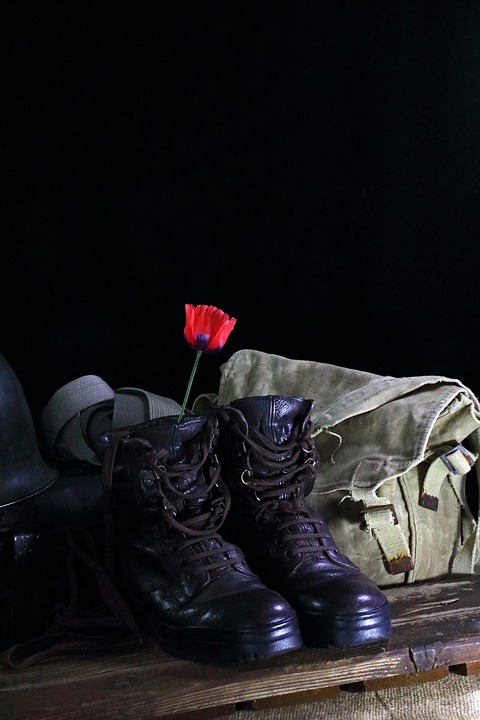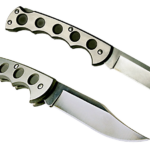Introduction
Aerial combat has a long and storied history, dating back to the early days of aviation. From the trenches of World War I to the skies over Europe during World War II and beyond, aerial combat has played a crucial role in shaping military strategy and technology. In this article, we will explore the evolution of aerial combat from its humble beginnings to the present day.
Early Days of Aerial Combat
World War I
The first major conflict to see widespread use of aircraft in combat was World War I. Initially used for reconnaissance and artillery spotting, aircraft quickly evolved into formidable weapons of war. Pilots on both sides quickly realized the strategic importance of controlling the skies, and aerial dogfights became common occurrences.
One of the most famous early aerial combatants was the Red Baron, Manfred von Richthofen. Flying a red Fokker triplane, he became one of the most successful fighter pilots of the war, with 80 confirmed kills. The Red Baron’s exploits helped to solidify the romantic image of the fighter ace, and inspired countless others to take to the skies.
Interwar Period
After World War I, many nations sought to improve their aerial combat capabilities. The development of faster and more maneuverable aircraft led to advancements in tactics and strategy. Air forces around the world began training their pilots in new techniques such as the Immelmann turn and the split S, which allowed them to outmaneuver their opponents in combat.
During this period, aerial warfare underwent a profound transformation. Aircraft were no longer seen as mere tools for reconnaissance, but as deadly weapons that could sway the outcome of a battle. The lessons learned during World War I were put to the test in conflicts such as the Spanish Civil War and the Chaco War, further refining the art of aerial combat.
World War II
The Battle of Britain
One of the most famous aerial conflicts of World War II was the Battle of Britain. Fought between the Royal Air Force (RAF) and the German Luftwaffe, it was a pivotal turning point in the war. The RAF’s victory over the Luftwaffe prevented a German invasion of Britain and marked the first major defeat of Nazi Germany.
The Battle of Britain also saw the introduction of new tactics and technologies that would shape the future of aerial combat. Radar, for example, played a crucial role in detecting incoming enemy aircraft, allowing RAF pilots to effectively intercept and engage them before they reached their targets. The battle also highlighted the importance of fighter escorts, as bombers were highly vulnerable to enemy fighters without adequate protection.
The Pacific Theater
In the Pacific Theater of World War II, aerial combat took on a different character. The vast expanse of the Pacific Ocean posed unique challenges for pilots, forcing them to fly long distances over open water to engage the enemy. The use of aircraft carriers further complicated the equation, as planes had to take off and land on relatively small decks while under enemy fire.
The Battle of Midway, fought in June 1942, was a key turning point in the Pacific Theater. American carrier-based aircraft managed to surprise and cripple the Japanese fleet, dealing a critical blow to their war effort. The battle showcased the importance of air power in naval warfare, and established the aircraft carrier as a dominant force in modern conflicts.
Modern Era
The Korean War
The Korean War, fought from 1950 to 1953, saw the first widespread use of jet-powered aircraft in combat. These new planes were faster and more maneuverable than their piston-engine predecessors, giving pilots a significant advantage in aerial combat. The conflict also saw the introduction of air-to-air missiles, which allowed pilots to engage enemy aircraft from a distance.
The Korean War highlighted the importance of air superiority in modern warfare. The ability to control the skies was crucial for ground forces, as it allowed them to operate with impunity and deny the enemy the same advantage. The war also showcased the growing role of electronic warfare, with radar jamming and other tactics becoming increasingly prevalent.
The Gulf War
In the Gulf War of 1990-1991, aerial combat reached new heights of sophistication. The use of stealth aircraft such as the F-117 Nighthawk allowed coalition forces to strike deep into enemy territory with minimal risk of detection. Precision-guided munitions also played a crucial role, allowing pilots to target specific enemy positions with pinpoint accuracy.
The Gulf War marked a turning point in the history of aerial combat, demonstrating the effectiveness of modern technologies and tactics. The coalition’s overwhelming air superiority played a key role in their rapid victory over Iraqi forces, and showcased the power of air power in modern conflicts.
Conclusion
From the early days of World War I to the modern era of stealth aircraft and precision-guided munitions, aerial combat has come a long way. Advances in technology and tactics have transformed the art of air warfare, making it an essential component of modern military strategy. As we look to the future, it is clear that aerial combat will continue to evolve, shaping the course of conflicts for years to come.


